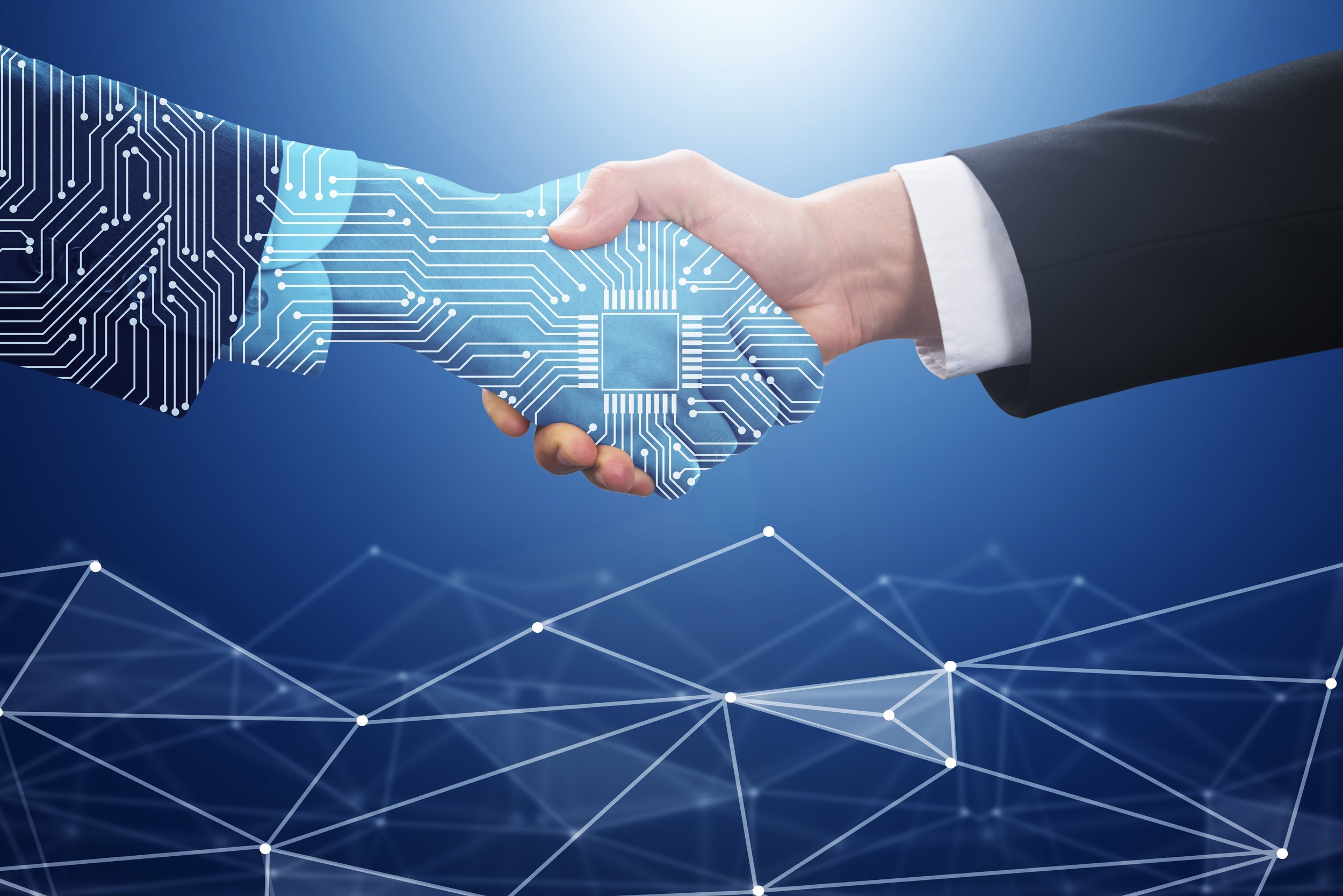Why Data Annotation Software Still Needs a Human Touch
By Aaron Bianchi
Feb 3, 2022
Artificial Intelligence (AI) is growing in popularity as a tool to provide everything from better customer care to translation services, driverless cars, smart technology, and more. Consisting of several different technologies that work together to deliver the end result, AI is computer-based programming that mimics human behavior.
Although AI has advanced enormously over the past decade, involving humans in its development is still essential if premium results are required.
Here we take a look at how AI is trained using test data and how human-powered data annotation and data labeling adds significant value to the outcomes that AI delivers.
What is Data Annotation Software?
Data annotation software is software that is written to annotate production-grade training data. AI isn't created in a fully formed state. To provide a human-like response to data, AI has to "learn". As an example, when AI picks up an image of a tree, it doesn't know that it's an image of a tree. The ability to recognize that a particular configuration of pixels is a tree is only obtained after AI has had access to millions of tree images.
The process by which the AI learns to recognize a tree (as an example) is known as machine learning (ML). For effective machine learning to take place, the AI needs access to a large volume of training datasets - data that can be used to help develop the algorithms (mathematical models) needed to develop a human-like response. Using the data, AI can develop a prediction model on the basis of its learning.
For example, if an AI program has been given access to millions of tree images, it can use mathematical modeling to build a picture of what arrangement of pixels, statistically speaking, is most likely to be a tree. With this information, when the AI is given access to another tree picture, it can assess the probability of it being a tree and label it accordingly. Obviously, AI is capable of interpreting millions (if not billions) of different pieces of data, but to do so accurately, it needs access to enormous amounts of test data that provides the material needed to create accurate algorithms (mathematical models).
To assist in the process, the test data needs to be annotated - labeled in such a way that AI can interpret it effectively and developing a high quality training dataset, depends on many things. You can use platform providers or managed services with specialists. In the context of recognizing a tree, for example, data annotation might be used to enable the AI machine to interpret the data you've provided as a tree.
Due to the enormous amount of trained data, or training datasets that are needed for successful machine learning, data annotation software has been developed to try to reduce the time needed for annotation to take place. Data annotation software does make machine learning faster, but it also has some significant drawbacks, some of which are highlighted below.
What are the Limitations of Data Annotation Software?
Exceptions. Every set of data is likely to have exceptions - outliers that are likely to confound the boundaries set up as part of the algorithmic modeling that AI completes. If the data annotation software can't recognize these outliers and label them correctly (which is likely if the data doesn't conform to the usual parameters), this limits the level of machine learning that can take place.
Limited annotation labeling. Particularly when diverse data is being deployed, the software may not be able to cope with the large variety of labels that are needed for effective machine learning.
Quality control. Data annotation software is usually equipped with features that identify where there are quality control issues. Unfortunately, the issues identified are those that are beyond the capability of the annotation software to resolve. Without additional input, those quality issues will remain.
Limited sorting. Data annotation software can play a valuable role in sorting data, and flagging data that it can't easily sort and label. Unfortunately, the software can't correct the issues it flags - which is where human intervention comes in.
What Role do Humans Play in Data Annotation Software?
Humans can resolve issues with test data that data annotation software can’t. Although the goal of machine learning is to create AI that can "think" in the same way as a human (but without the risk of human error), it's still not as advanced as the human brain. Particularly when it comes to making judgments that involve subjectivity, data that involves an understanding of intent is vital to get the best results. For example: a surgeon clutching a scalpel, could be considered interchangeable with a knife-wielding criminal, without the benefit of understanding intent.
What are the Advantages That Humans Bring to Data Annotation Software?
The advantages that humans bring to data annotation software mainly relate to our ability to process data that falls outside the machine-learned parameters.
Humans are essential when it comes to developing the training datasets that can't be successfully cataloged by the annotation software. More sophisticated decision-making, particularly that which is based on subjective criteria, needs human input.
When annotation software presents a quality control issue, it's humans that are required to decide on a suitable course of action.
Similarly, diverse, complex data will need human intervention for it to be correctly labeled so that machine learning can take place effectively.
Why are Optimal Results Dependent on Human Input?
Ultimately, AI algorithms are only as good as their test data. The higher the caliber of the datasets (including accurate, clear labeling), the more effective the AI is going to be in meeting its outcomes.
As humans are the machines that control machine learning, their input is essential for the process to deliver optimal outcomes.








